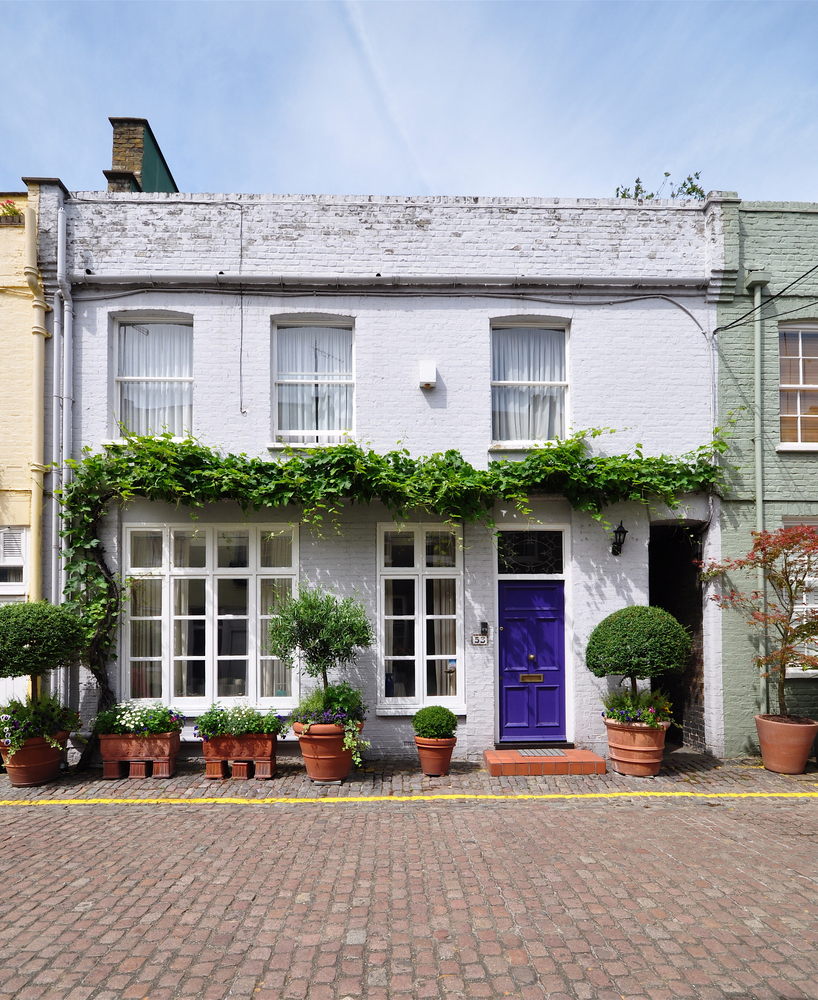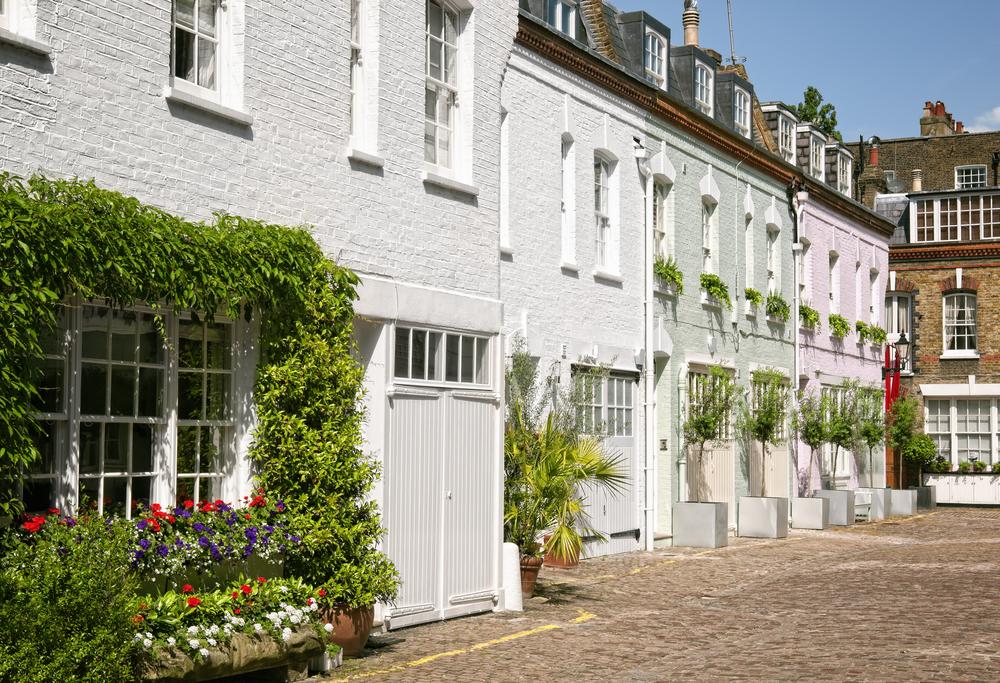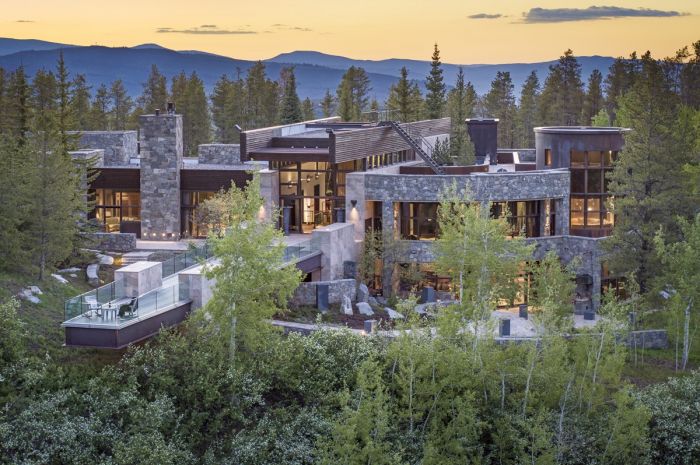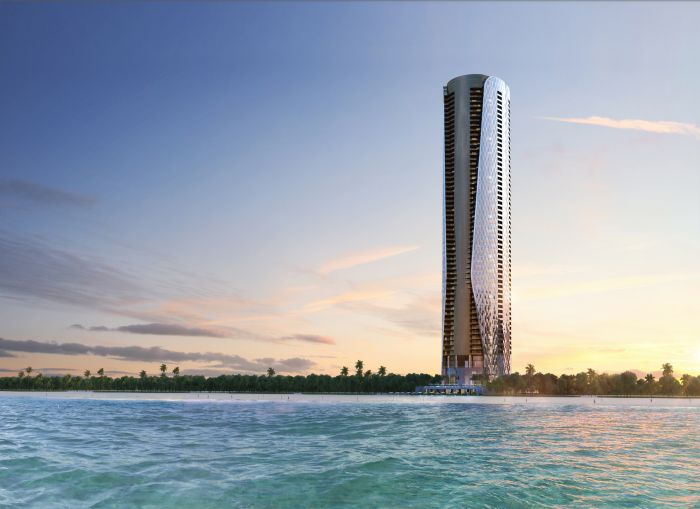
For many, the stereotypical image of a million-dollar abode is still a large, detached mansion adorned with a pool and an assortment of the latest sports cars. In reality, the United Kingdom’s (and many of the world's) home-seekers may be opting for quarters that look a little more humble, in exchange for prime location, design or some other element that made them more appealing. An increasing number of home buyers are opting to buy mews in major cities and renovate them to their own high standards. Let's take a quick look at why some are shunning sprawling mansions and pre-planned penthouses in favor of the more compact luxury of these old outhouses.
From Outhouse to Penthouse: a Short History of Mews
Mews houses began their rags-to-riches transformation in the 1960's and 70's, when fashionable figures like Michael Caine, James Hunt and Francis Bacon took up residence in mews. Before this, they had been largely overlooked. Built during the 18th and 19th-centuries, mews were small groups of stables and outhouses that served the larger houses nearby. Many of them were built to accompany the multi-story townhouses in the new Victorian developments of Hyde Park, Kensington and Mayfair. Some of them were residential, occupied by maids and servants, but for the most part they were filled with hay, horses, and the inevitable consequence of that combination—manure. Hardly a natural choice of dwelling for any discerning millionaire, but something about mews captured the imagination of wealthy buyers.
The average price of a mews home in London rose rapidly between the 1970's and the present day. One particular property, which sold for £200,000 in the 1980's, was valued at £2 million ($2.5 milion) in 2007, and would likely sell for even more today. It’s not just time and popularity that has raised the prices on these high end mews. The most luxurious London mews have been renovated to extremely high standards, with new modern fixtures installed, both practical and extravagant. These new renovations have made the properties even more desirable and expensive.

Why do Millionaires Love Mews?
These houses didn’t gain currency among the rich for the sake of fashion alone. Mews have many selling points for those who want to spend a lot on a house, largely because they can be highly customized inside. In 2015, the world’s most expensive mews house sold for £24 million. In the 1920s, it was a simple garage used for housing racecars. Now it is completely unrecognizable, transformed into an opulent apartment that comes a lot closer to justifying its price tag.
The flat has somehow squeezed in a cinema room, a gym, and a fully-stocked wine cellar. Despite its diminutive size, the mews has all the fixtures to rival its Mayfair neighbors, including features popular among the super rich, such luxury home elevators and an “after dinner bar.” These features are installed by the same high end companies who transform London’s most luxurious hotels. Companies such as Gruppo Millepiani who have installed luxury home lifts and car lifts in hotels are now seeing an increase in demand for these features in the mini mew homes of the wealthy.

Housing historian Melanie Backe-Hansen told the Financial Times that mews are popular because they are often situated on cobbled streets and conservation areas with old-fashioned charm, but unlike many of their larger neighbors, they “rarely have listed status,” which allows owners to have them “radically altered inside.”
According to advice from listed property experts, LPOC, even if such properties do have listed status, their relative size would mean local councils should be able to respond to any requests to make changes relatively quickly. With the proper permits, millionaires have been able to make changes to their mews properties, turning them into some of the most opulent homes in the country. Mews renovation is so popular that some millionaires have even made them without permission. The size and customizability of mews residences also allow owners to expand their them to a size they are more accustomed to. As reported by the Financial Times, Nigel Wills, a mews-owning businessman, bought the house next door to his in order to expand his living quarters to accommodate his growing family.
There is another reason London’s mews are so popular: they are in some of the most desirable locations in the city. And these locations (Mayfair, Paddington, Hyde Park, Kensington, Knightsbridge) rarely have houses for sale, and when they do, the prices veer higher than the nearby mews.

Will Mews be the Future of High-End Real Estate?
Since there are only a limited number of genuine London mews, and their prices are rapidly rising, buying into the millionaire mews lifestyle is not easy. But as London becomes more crowded and overdeveloped, mews may start to look even more attractive.
As mews enthusiast Nigel Wills said, “A mews is an oasis separating you from the turmoil that is London. It’s enclosed, usually a cul-de-sac, and provides a community where everyone knows everyone living nearby.” Above the custom features, prime city locations and fashionable prestige, perhaps this is the best reason to shell out for a former stable.














